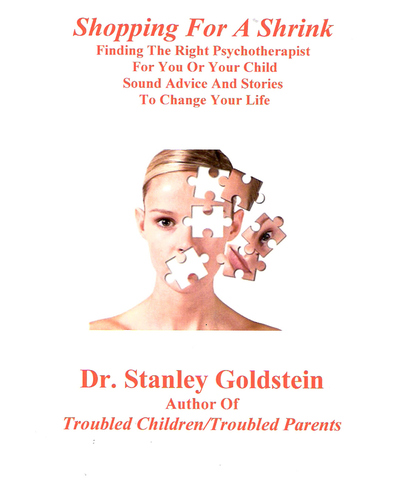
I once treated a man who had worked at a perilous government job for a long time. Before suddenly becoming unable to, having become terrified of being in an enclosed space. I explained PTSD to him, provided him with a self-hypnotic relaxation audio, and suggested that he had been repressing awareness of the great stress he had been experiencing for years. Until now, having reached its limit of tolerance, his mind had rebelled and created the PTSD symptom which drove him into treatment to recover psychological equilibrium. Several months later he was back at work, with greater personal security having learned that he must monitor his feelings.
There is no mystery to the origin of PTSD: the mind has limits and, when exceeded, produces a symptom(s) (fears, nightmares, over-sensitivity to noise) to warn of the need for change lest psychological harm occur. Or bodily harm too, a tenet of psychosomatic medicine being that what cannot be spoken of will be expressed through the body. It can develop with soldiers or civilians, adults or youth.
Pete Hegseth's story-filled book, Modern Warriors, is both supportive and reassuring.